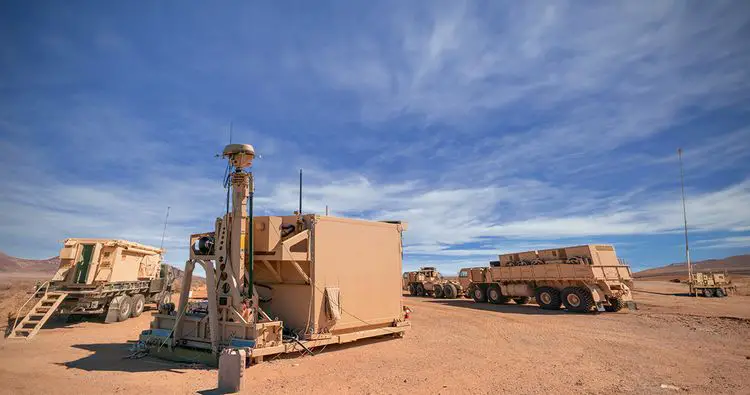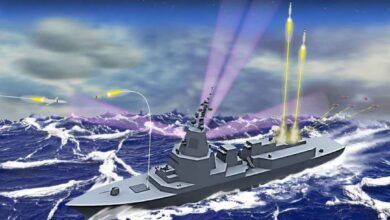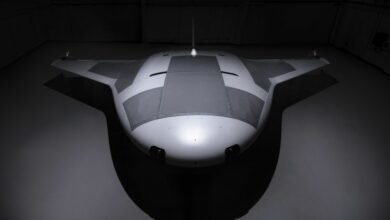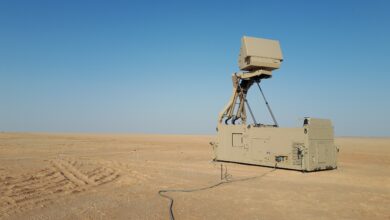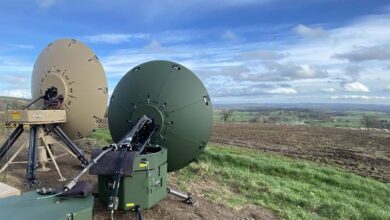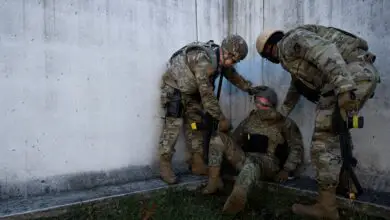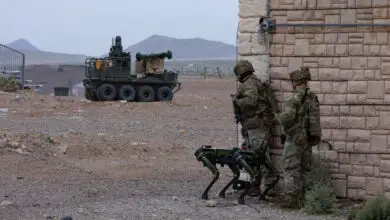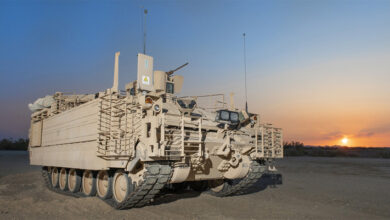Northrop’s Integrated Battle Command System Passes Live-Fire Test
Northrop Grumman has successfully neutralized low- and high-altitude threats with its command system in live-fire tests conducted in New Mexico.
Data from the Integrated Battle Command System (IBCS) and the Lower Tier Air and Missile Sensor (LTAMDS) radar were used to detect the airborne missile surrogates.
The evaluation was held as part of the US Army’s future rollout of the IBCS-enabled LTAMDS radars, set to be fielded and replace existing Patriot radars in 2027.
The IBCS was developed following a $1.4-billion deal to implement a unified command system capable of tracking enemy missiles and other airborne threats across service domains.
A total of 160 IBCS units are scheduled to be delivered by 2026.
A Unified Solution
The IBCS’ interoperable framework is a major component in modernizing America’s defense capabilities, according to Northrop Grumman Combat Systems and Mission Readiness vice president Rebeca Torzone.
“Its ability to integrate multi-domain sensors to create fire quality fused data enables the warfighter to quickly decide on the best shooter to defend against incoming threats,” she said.
The system connects and fuses data from long-range sensors and shooters to create decisions based on real-time, situationally aware input.

